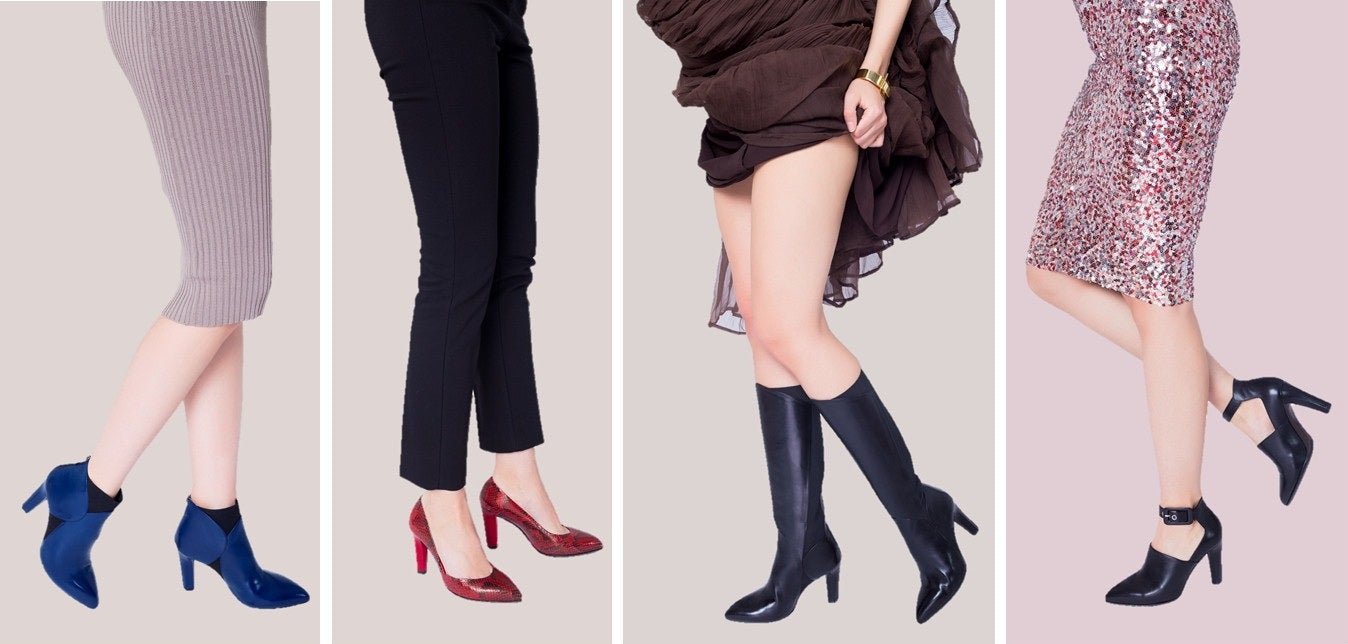Many women believe that heels should be flexible under the ball of the foot, but actually the opposite is true! Many women have come to believe that high heels will be more comfortable when they are flexible under the ball of the foot. This has even become a selling strategy amongst shoe salesmen who demonstrate how much the shoe bends in the ball of the foot as a selling point! When young toddlers begin to walk, I encourage parents to seek out very flexible shoes, or let the toddler walk barefoot. This aids in developing the neural connections to aid in balance and proprioception. There are real physiologic reasons to keep toddlers as flexible as possible. When the barefoot running craze took off a few years ago, people tried to use this as a reason to throw out running shoes and run barefoot. I am not opposed to well conditioned, technically sound runners who want to run barefoot. The problem is that the average runner, especially one who pronates, will break down. The movement has since died down, while running shoes with even more support are now becoming popular. A similar phenomenon is taking place with high heel shoes. Both end users and manufacturers are quick to proclaim how flexible their soles are. Let me explain why this wrong. The amount of dorsiflexion (or upward movement) required in the big toe joint when walking in flats is approximately 65 degrees. Due to the increased pitch of a high heeled shoe, this requirement can go up to 90 degrees. This constant hyperextension starts to cause impingement at the top of the big toe joint. This causes irritation, leads to abnormal wear of the articular cartilage, which leads to wear and tear arthritis (osteoarthritis). Flexible shoes accentuate this problem! Certain shoes, like clogs, platforms or wedges, will decrease the need for the big toe joint to hyperextend. They inherently feel more comfortable. The same is true for high heeled shoes! This is why I construct my heels with a hidden platform and “canal.” This decreases the pitch, but more importantly, allows the metatarsal heads and sesamoid bones under the ball of the foot to “float!” This prevents impingement of the joint. There is less stress on the big toe joint, which may already show signs of wear and tear from years of wearing the wrong heels! So, ladies, when you first pick up my shoes, embrace the fact that there is not the same flexibility as your toddlers’ shoes. Your needs are different! Try them on and let your feet “sink” into them. Your weight will be distributed throughout your entire foot, not just the ball of your foot. Enjoy! Xo Joan 


